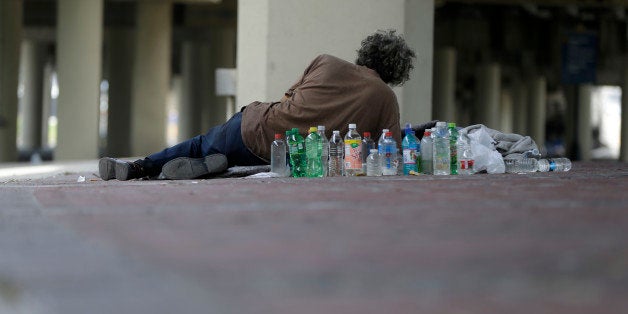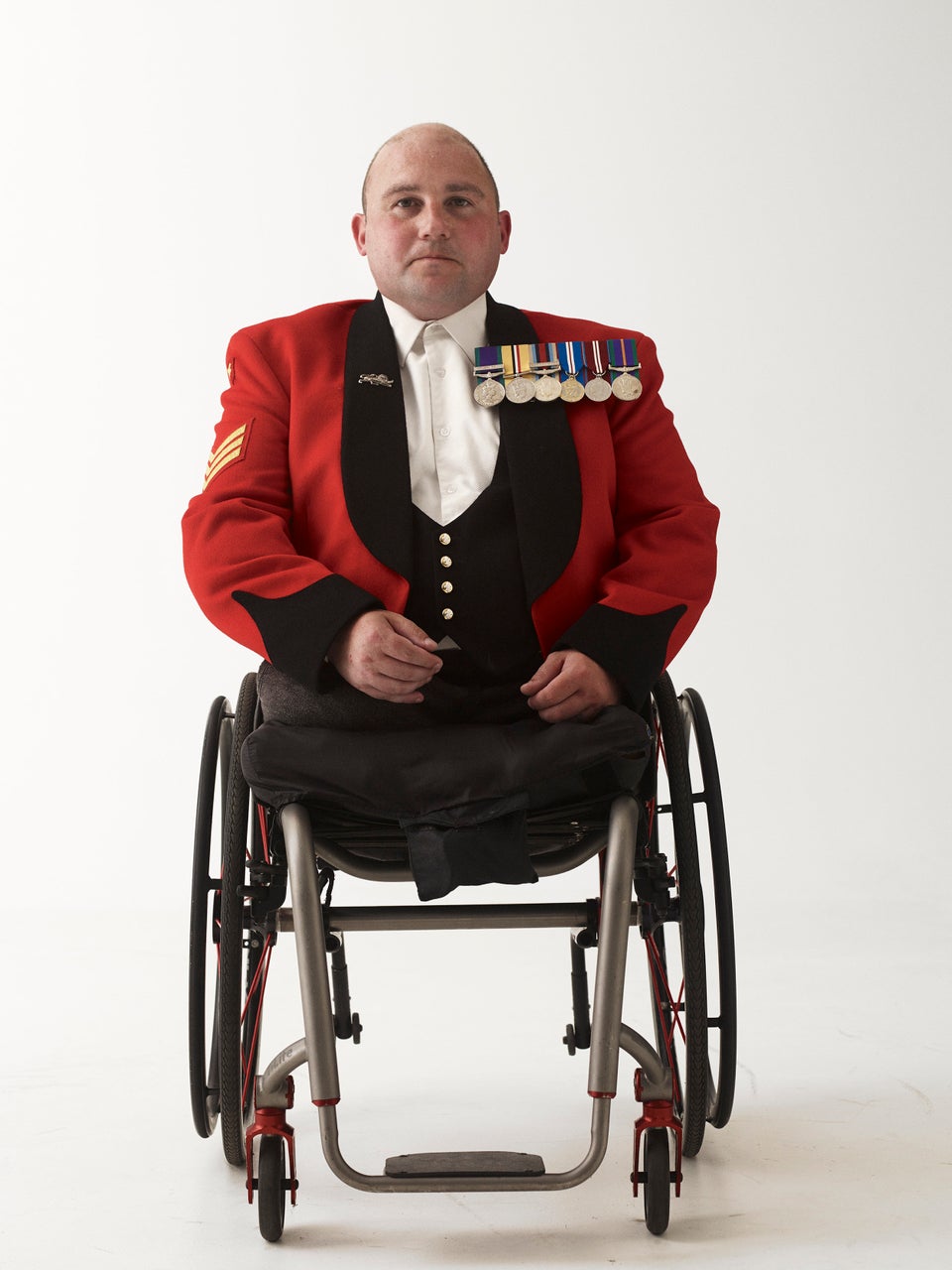
Home is where the heart -- and the solution to ending homelessness –- is, a new study has confirmed.
Moore Place, a nonprofit that provides permanent housing and other services to homeless people, has saved Charlotte $2.4 million in medical costs alone since 2012, according to a new report from UNC Charlotte. The study also found that the program’s clients are more likely to take advantage of preventative health care services, and get off the streets for good, than people who aren’t offered stable housing.
After two years of partaking in the program, 81 percent of clients remained in permanent housing.
“Stable housing provides a foundation for recovery and well-being,” Lori Thomas, a UNC professor of social work who led the study, said in a statement.
The 85-unit apartment complex follows the “housing first” model, an approach that once raised eyebrows, but has repeatedly proven to be cost-effective and efficient.
The concept promotes giving homeless people housing, and then addressing their mental health, unemployment or addiction issues after they’re settled.
Run by Urban Ministry Center, Moore Place opened in 2012 and gives clients access to a team of social workers, therapists, a nurse and psychologist, in addition to a place to call “home.” It costs about $14,000 to house an individual and residents contribute 30 percent of their incomes to rent. The rest is subsidized by private donations and public funding.
The program gives participating clients a fresh start and has led to major savings in the city’s medical system.
Tenants visited emergency rooms 648 fewer times and were in the hospital 292 fewer days after two years in the program.
Such proof of overwhelming success comes at a critical moment.
In February, the Obama administration pushed back the deadline to end chronic homelessness from next year to 2017 due to budget constraints.
Yet, other cities have also demonstrated how housing first can eradicate the issue in an economical way.
Chronic homelessness in Utah, for example, has dropped by 91 percent over the past decade, Deseret News reported last month.
There, advocates have championed the housing first model and say there are so few homeless people, they know each one by name. But they haven’t accessed any additional funding to make it happen.
"No other state is even close," Gordon Walker, director of the state Division of Community and Housing, told Deseret News. "We've had no additional resources than [any other state] has had to do this, but by focusing, having a plan and having great collaboration with our partners, we've been able to see successes."
To help fight homelessness, click the Crowdrise widget below.



